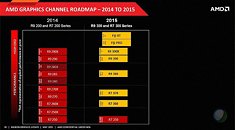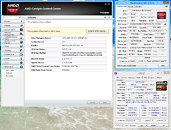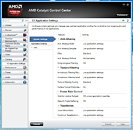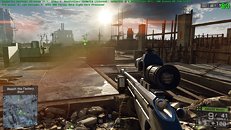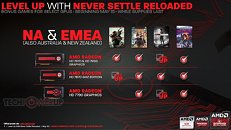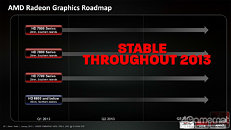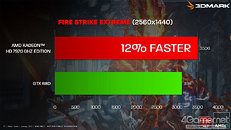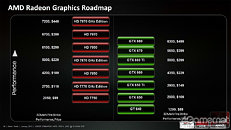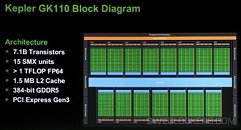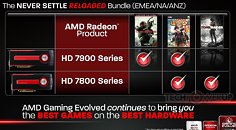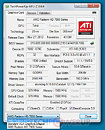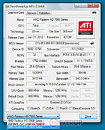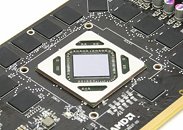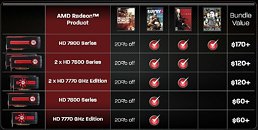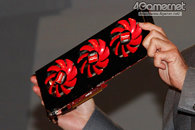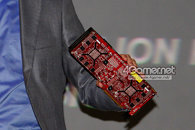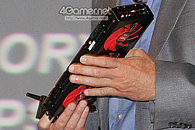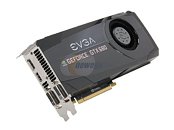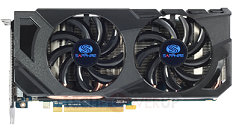
ASUS Intros China-exclusive Radeon RX 7900 GRE TUF White
ASUS over the weekend introduced the China-exclusive Radeon RX 7900 GRE TUF Gaming White graphics card. The card shares a lot in common with the other RX 7900 series TUF Gaming custom-design cards, but swaps out the gunmetal-gray cooler shroud and backplate combo for one that's matte white. The whitewash even extends to the impellers of the three Axial Tech fans. The PCB remains black, but due to the 3-D design of the shroud and backplate, is largely concealed. The card draws power from a pair of 8-pin PCIe power connectors, and uses a 14-phase VRM to condition it for the "Navi 31 XL" ASIC.
The Radeon RX 7900 GRE (golden rabbit edition) is based on a "Navi 31 XL," a unique package that combines the 5 nm graphics compute die (GCD) of "Navi 31," with the 4-MCD (memory cache die) setup of the smaller "Navi 32" package. AMD designed this primarily to drive the mobile RX 7900 series SKUs, but it found its way to the desktop platform to fill the gap between the RX 7800 XT and RX 7900 XT, and possibly undercut the GeForce RTX 4070 Ti. It is configured with 80 out of 96 available compute units on the GCD, giving it 5,120 stream processors, 160 AI accelerators, and 80 Ray accelerators, the Infinity Cache size is reduced to 64 MB, since there are only 4 MCDs, driving its 256-bit memory bus that handles 16 GB of 18 Gbps GDDR6 memory (576 GB/s bandwidth).
The Radeon RX 7900 GRE (golden rabbit edition) is based on a "Navi 31 XL," a unique package that combines the 5 nm graphics compute die (GCD) of "Navi 31," with the 4-MCD (memory cache die) setup of the smaller "Navi 32" package. AMD designed this primarily to drive the mobile RX 7900 series SKUs, but it found its way to the desktop platform to fill the gap between the RX 7800 XT and RX 7900 XT, and possibly undercut the GeForce RTX 4070 Ti. It is configured with 80 out of 96 available compute units on the GCD, giving it 5,120 stream processors, 160 AI accelerators, and 80 Ray accelerators, the Infinity Cache size is reduced to 64 MB, since there are only 4 MCDs, driving its 256-bit memory bus that handles 16 GB of 18 Gbps GDDR6 memory (576 GB/s bandwidth).
































